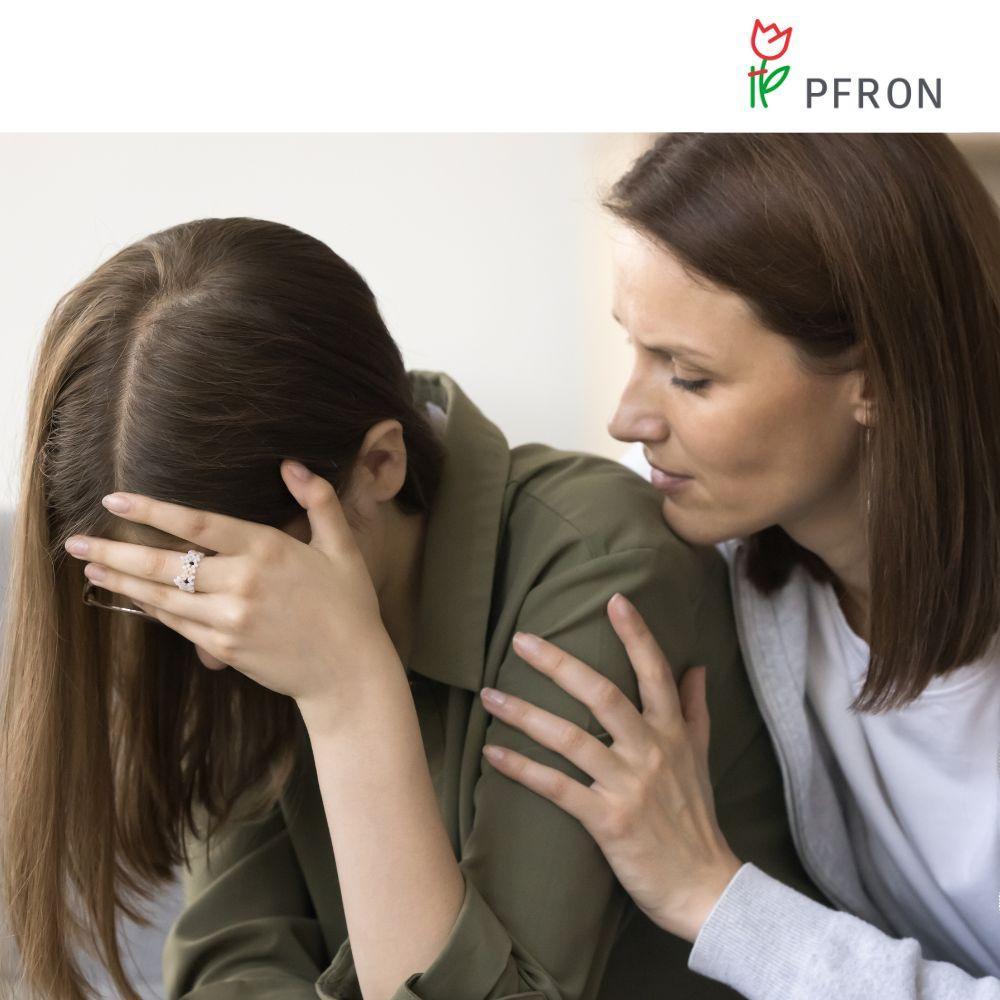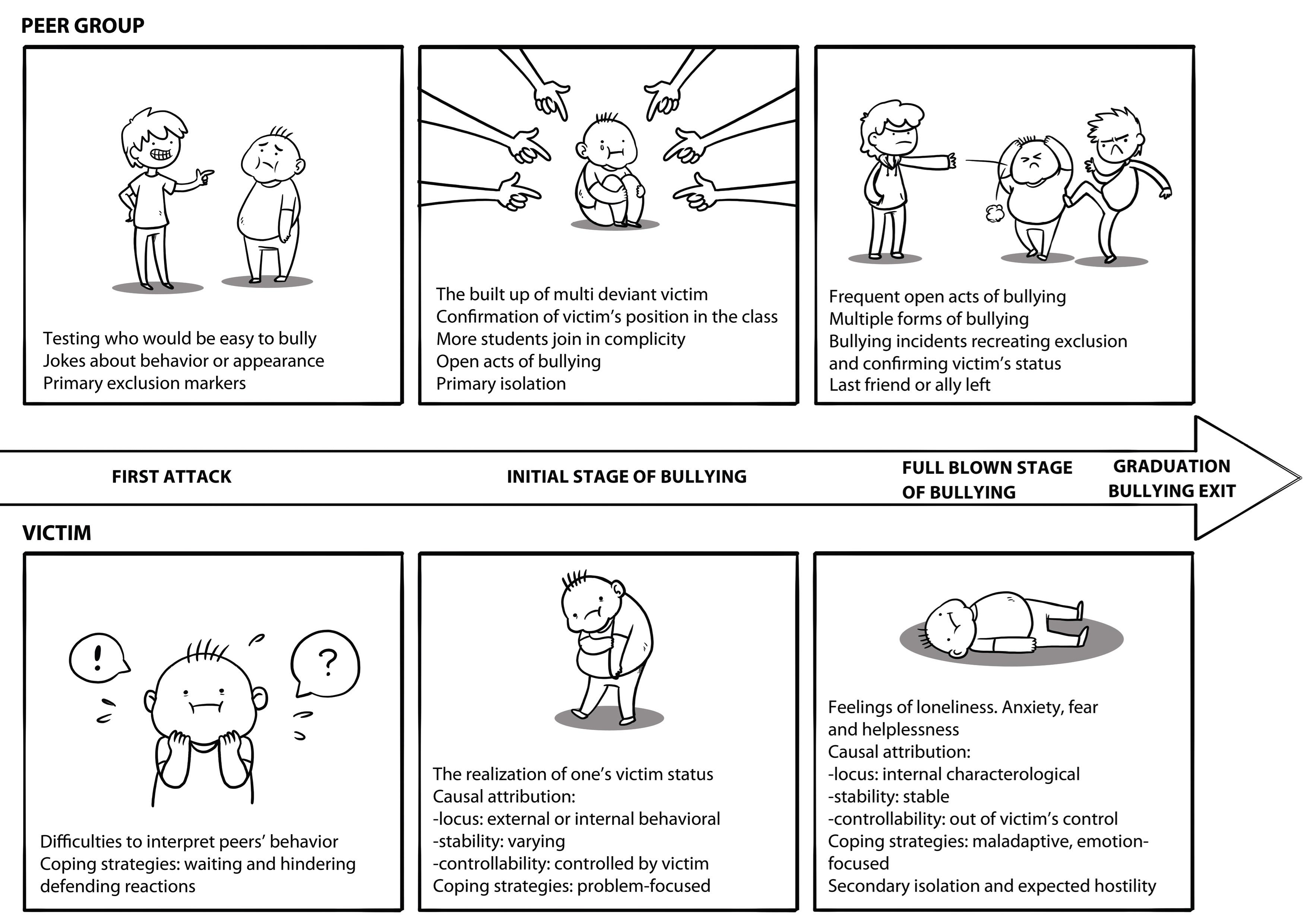Peer Power: Support for Educators in Preventing Bullying in Inclusive Classrooms
The goal of the project is to conduct participatory research among students, inclusive classroom form teachers, pedagogues who work in schools that have inclusive branches, and students with disabilities. Our research will provide scientific data not only for a report, but also for a “custom-made” toolkit addressed to inclusive classroom form teachers. The toolkit will include a form teacher's handbook, 45-minute instructional webinar, and a guide to the dynamics of peer groups in inclusive classrooms. Read more about the project
 Project funded by the State Fund for Rehabilitation of the Disabled (PFRON)
Project funded by the State Fund for Rehabilitation of the Disabled (PFRON)
The downward spiral of peer bullying - what’s next?
The goal of the project is to investigate how adults, who have experienced bullying, interpret the consequences of this phenomenon. The project is a continuation of our 2021 study that resulted in the formulation of the Downward Spiral Theory of peer bullying that was developed in collaboration with the team of Professor Robert Thornberg of Linköping University, Sweden (Wójcik et al. 2022). During that project, we followed victims of bullying only until they graduated from secondary schools. In the current project, we want to continue the study and find out “What happened next?”. The goal of the project is to define the consequences that occur once the victims graduate from secondary schools, yet are directly linked to the coping strategies, which the victims have developed as a result of bullying (e.g., isolation and avoidance of social interactions), and causal attributions (e.g., internal, stable and uncontrolled).
 Pattern of peer bullying
Pattern of peer bullying